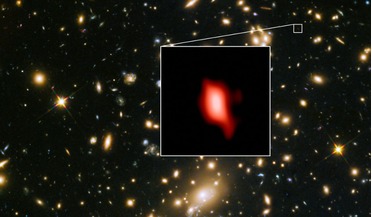 16 May 2018
Astronomers find stars forming just 250 million years after Big Bang
16 May 2018
Astronomers find stars forming just 250 million years after Big Bang
... of Japan, reconstructed the earlier history of MACS1149-JD1 using infrared data taken with the Hubble Space telescope and NASA's Spitzer Space Telescope. After modelling the data, Hashimoto and colleagues found that the observed brightness of the...
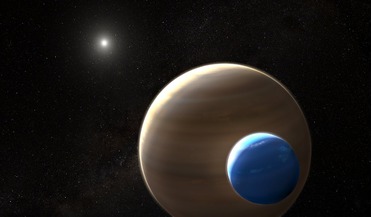 04 October 2018
Astronomers find compelling evidence for first confirmed exomoon
04 October 2018
Astronomers find compelling evidence for first confirmed exomoon
... of exoplanets come thick and fast nowadays as a multitude of telescopes both on the ground or in orbit, are programmed to constantly... of data from the Hubble Space Telescope and older data from the Kepler Space Telescope and the results look a ...
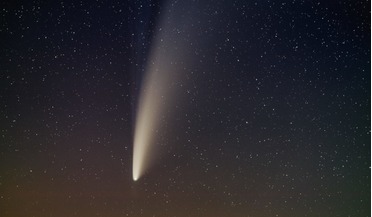 15 July 2020
Comet Neowise puts on a spectacular show
15 July 2020
Comet Neowise puts on a spectacular show
... the Near Earth Object Wide-field Infrared Survey Explorer space telescope (NEOWISE), the dazzling comet has developed a spectacular ...it visible to the naked eye without the need for a telescope or binoculars. Its bright, broad and fuzzy lower tail is...
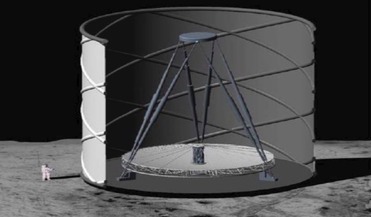 18 November 2020
Astronomers want to revive idea for ‘Ultimately Large Telescope’ on the Moon
18 November 2020
Astronomers want to revive idea for ‘Ultimately Large Telescope’ on the Moon
... Volker Bromm, a theorist who has studied the first stars for decades. “The upcoming James Webb Space Telescope [JWST] will reach the time when galaxies first formed. But theory predicts that there was...
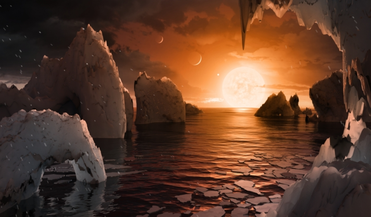 22 February 2017
NASA announces the discovery of first-ever exoplanet system with seven Earth-size planets
22 February 2017
NASA announces the discovery of first-ever exoplanet system with seven Earth-size planets
... our understanding of these planets so that the James Webb Space Telescope can follow up. More observations of the system are sure ...reveal more secrets.” NASA will use its James Webb Space Telescope, launching in 2018, for further research of the ...
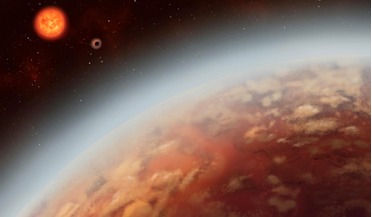 11 September 2019
First detection of atmospheric water vapour on 'super-Earth' in habitable zone
11 September 2019
First detection of atmospheric water vapour on 'super-Earth' in habitable zone
... nearly 30 years now, the Hubble Space Telescope has revolutionised humanity’s understanding of the ...few more years when the likes of the James Webb Space Telescope (JWST) and the ARIEL telescope are launched, so that other molecular species can be ...